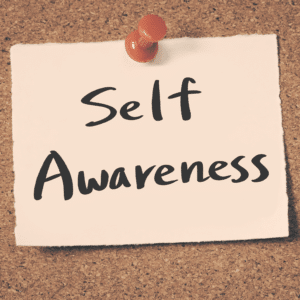Introduction
The role of a teacher is arguably one of the most important. Not only do teachers play an essential role in shaping the minds and lives of their students, but they also have the power to inspire them to achieve great things in life.
For these reasons, it’s critical that teachers serve as positive role models for their students—not just by teaching academic concepts or providing instruction on how to behave properly, but also by demonstrating good character traits themselves (such as kindness, self-control and patience).
Positive role models have been found to have a significant impact on the academic, social and emotional development of children.
Positive role models are important for students’ academic and social development. A positive role model is someone who has achieved success in a particular field or area of life, and can serve as an example for others. Students benefit from positive role models because they learn about what it takes to achieve goals, overcome obstacles and become successful.
Positive role models help students develop self-esteem, motivation and values that are important for their academic success. Students are more likely to adopt positive behaviors if they see them modeled by their teachers or other adults at school who have earned respect through their actions over time (for example: volunteering).
Being surrounded by positive role models can help to improve self-esteem, boost motivation and inspire students to adopt new behaviors and values.
Positive role models can help students develop good study habits and social skills. They can also boost self-esteem and motivation.
There is a strong correlation between academic success and having positive role models in your life. If you want to be successful, it’s important to surround yourself with people who will support you, encourage you, and help motivate you along the way.
Students benefit greatly from exposure to teachers who serve as positive role models and provide them with encouragement.
Teachers who serve as positive role models for their students are a vital part of the educational experience. Students benefit greatly from exposure to teachers who serve as positive role models, and provide them with encouragement.
Teachers can provide encouragement to students in many ways: by providing feedback on assignments, offering praise when it’s deserved, helping them understand difficult concepts or share ideas that might be helpful in understanding something new. This type of interaction helps build trust between student and teacher–and trust is one of the most important ingredients in any successful relationship!
A teacher’s behavior is often mirrored by his or her students. When teachers model positive behaviors, their students are more likely to adopt these habits themselves as well.
Teachers are role models. They set the tone for how students behave, and their behavior can be reflected in their students’ actions. When teachers model positive behaviors, their students are more likely to adopt these habits themselves as well as other positive traits like empathy and kindness.
However, there is no way for a teacher to differentiate between his or her own behavior and that of his or her student’s; both will look exactly alike! This means that no matter how hard you try after class ends or during lunch break or even on weekends (if you’re lucky enough), your efforts will go unnoticed unless you find another way–and we think we know just what might work…
By modeling positive behavior, educators also encourage students to set high expectations for themselves as well as others around them.
As you can see, it’s not just about the teachers. It’s also about the students. When a student sees a teacher acting in a way that they want to emulate, this can encourage them to set high expectations for themselves and others around them.
If you’re looking for ways to become an effective role model in your classroom or school community, here are some tips:
- Look at yourself critically–are there any areas where your behavior could use improvement? If so, make some changes! Remember that modeling positive behavior isn’t just about saying “do as I say” but demonstrating how it feels when someone treats you well or acts responsibly toward others.*
- Talk with other adults who work with young people (elders) about how they deal with conflict resolution situations.*
Teachers who serve as positive role models for their students will help them achieve academic success in more ways than one!
As a teacher, you can be a positive role model for your students. This means that you will not only help them achieve academic success in more ways than one!
In fact, being surrounded by positive role models can make all the difference when it comes to student achievement. The more people who serve as good examples of what success looks like and how to get there, the easier it will be for students to adopt new behaviors and values that lead them down that path too.
Pour aller plus loin
The role of a positive role model is one that all educators should take seriously. By modeling positive behavior and providing students with encouragement, teachers can help their students achieve academic success in more ways than one!









